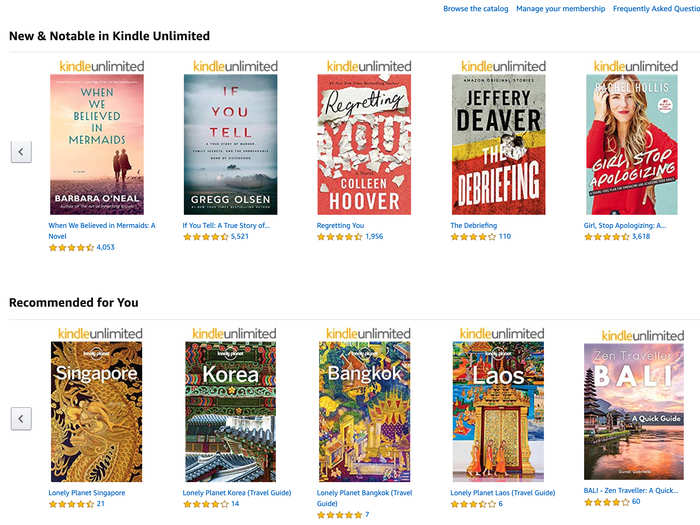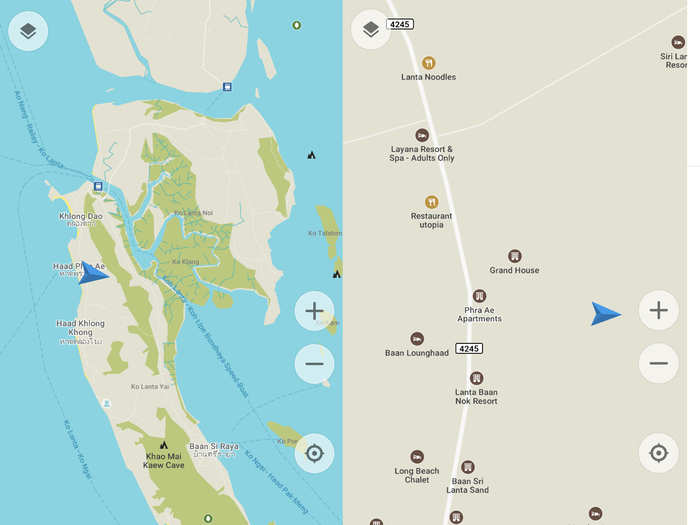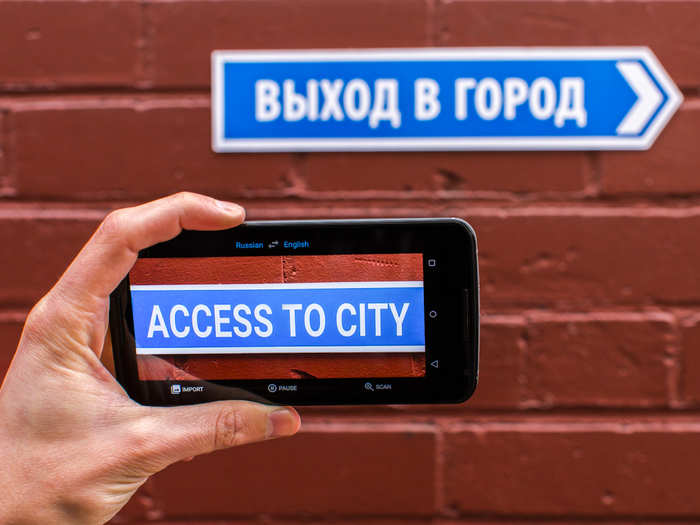- Home
- slideshows
- miscellaneous
- 6 apps made my month of nonstop travel in Asia infinitely easier and more enjoyable
6 apps made my month of nonstop travel in Asia infinitely easier and more enjoyable
Grab

Kindle Unlimited

Prior to this trip, I wanted to read some travel guides. But, I didn't want to be lugging around books about South Korea, Vietnam, Thailand, Indonesia, and anywhere else I might end up visiting for weeks.
When I went to buy Lonely Planet's guide to South Korea to read on the Kindle app on my iPhone, Amazon informed me that the e-book was free if I joined Kindle Unlimited. Typically, I would avoid a subscription service like this — the chance to get unlimited books is kind of the library's entire deal, and they do it for free. But, I needed unlimited travel guides and I needed them fast. So, I paid the $0.99 monthly fee for Kindle Unlimited, planning to unsubscribe before the price goes up to $9.99 in three months.
Since then, I have gotten my money's worth in guide books alone, downloading six different Lonely Planet guides. I have also paid for e-books to read on my Kindle app, including Casey McQuiston's "Red White & Royal Blue" and various Agatha Christie mysteries.
When traveling, carrying around extra weight in books just doesn't make sense. The Kindle app has quickly become my most used app on this trip, especially on flights or in hotels with subpar WiFi. Finally, I have discovered a good use for my stupid, too-big phone.
Google Maps

This is a no-brainer. I personally mark places I might be interested in visiting as "favorites," so that if I find myself in a new part of a city without lunch plans, I can check if there are any restaurants nearby that caught my eye. It would probably be more organized to add these places to a list, especially in Seoul, where I went a bit out of control in favoriting places. But, my methods have worked for me so far.
Be sure to download the maps of cities you're visiting as offline maps. If your phone is being wonky about letting you see these downloaded maps, switch to airplane mode.
Maps.Me

Google Maps doesn't always work. In South Korea in particular, the country's laws around national security make Google Maps almost useless, except when getting subway directions.
Maps.Me is a great second resource for offline maps. I haven't typically used it for directions, but it's been great to have as a handheld map. And, at its most basic level, it is a helpful tool to let you know if you're walking the right way down a street.
Google Translate

This is another no-brainer. I have used Google Translate primarily for scanning and translating menus. But, you can use it for almost anything. Some taxi drivers even use it just for small talk.
Instagram (and not just for obvious reasons)

I admit, I am using Instagram to show off sunset pictures and occasional selfies (follow @TheKateEscape2020). But, it has also proven to be useful for communicating with people and getting travel recommendations.
After posting a photo from a new place, I'll frequently get DMs from other people who have visited, offering their own suggestions. When my friend Priya (who has many more Instagram followers than I do) visited me in Seoul, some of our best last-minute recommendations came via Instagram.
While I solicited recommendations on what to do on my trip via Facebook and Twitter before I left the US, for some reason Instagram has been by far the best place to get actual advice. Plus, it's one of the places I feel most connected to people back in the US. Watching Instagram stories and DM-ing friends can help avoid feeling completely out of the loop, despite the 12-hour time difference.
Popular Right Now
Advertisement